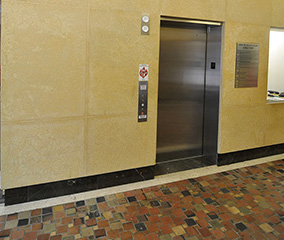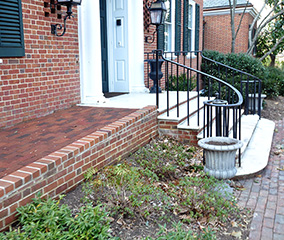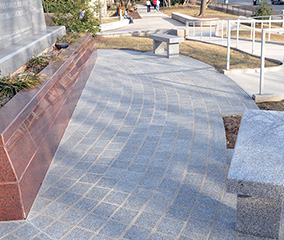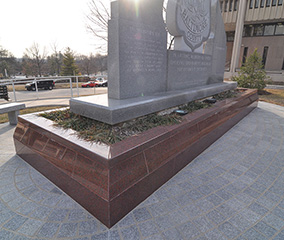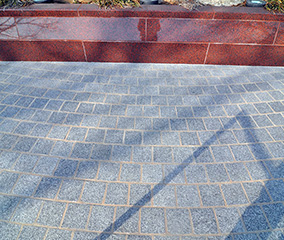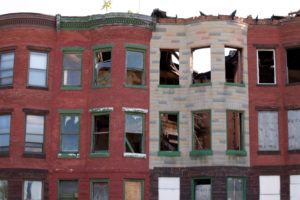
Unreinforced masonry is not as sturdy and risks partial or complete collapse during an earthquake.
Unreinforced masonry walls lack steel reinforcing bars inside. This steel is necessary because it adds strength to a building’s structure. As a result, unreinforced masonry is not as sturdy and risks partial or complete collapse during an earthquake. In addition, an unreinforced masonry building consists of load-bearing and non-load-bearing walls. However, reinforcing materials like cinderblock, concrete, or rebar don’t support either. Generally, unreinforced masonry is made of hollow clay tiles, concrete blocks, bricks, and stone.
Cons of a Building with Unreinforced Masonry
Unreinforced masonry structures have a higher chance of crumbling and collapsing in an earthquake. In most cases, the mortar that links bricks together is not potent enough to withstand many impacts or ground movement without extra masonry elements. If your building remains unreinforced, parts of it might collapse onto nearby people or structures.
In previous earthquakes, unreinforced buildings have fallen apart within seconds of ground movement. Sometimes, the walls on other parts of the structure collapse. As a result, the entire building will collapse. Even light shaking can trigger further damage.
How to Determine If Your Structure is Unreinforced
You can determine if your building is reinforced by simply looking at its exterior. Inspect your building and confirm if you have “header courses” of bricks. These rows of bricks turned endways every 6 rows provide extra stability to unreinforced masonry. Consequently, the building might be reinforced if every row of bricks looks the same.
In contrast, go to the electrical outlet box if you are unable to determine by looking at the outside of your building. Make sure the power is shut off before eliminating the cover plate. Do you see brick or another masonry behind the cover plate? There’s a significant risk that the structure is not reinforced if it was built before 1940. Signs to look out for include the following:
- The windows deeply cave-in.
- Bricks are not uniformly laid, or the mortar running between them is easy to peel off with your fingers.
- Observing the building from the outside, you’ll notice the end brick or particular rows of bricks are facing a different direction than the other bricks.
- It’s much harder to determine if a concrete or concrete block building has reinforcing steel. Consult with your local Building Department or a masonry expert if you are unsure.
CONTACT DEL PRETE MASONRY TODAY!
Whether you are ready to start your next masonry project or are still hesitant and have questions, Del Prete Masonry is here to help. We have the experience and expertise to get it right the first time. Questions? Want to visit some of our residential or commercial projects? Ready to set up a consultation? Feel free to give us a call at 410-683-0650 or visit us online. We are happy to serve Baltimore City and County, Harford County, Carroll County, Anne Arundel County, and Howard County. To see examples of our work and to keep up with our new and exciting projects, be sure to follow us on Facebook, Twitter, and Pinterest
Tags: baltimore commercial masonry, Baltimore masonry demolition, unreinforced masonry












